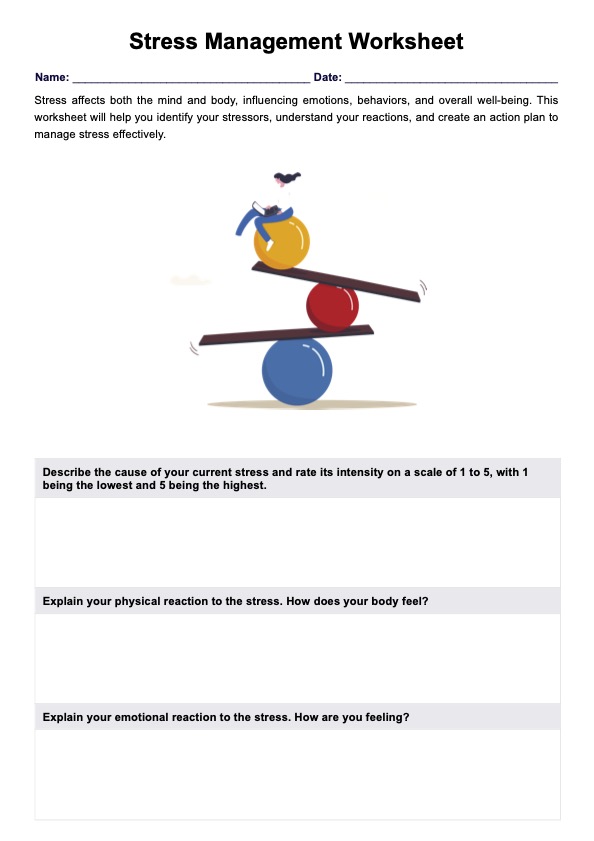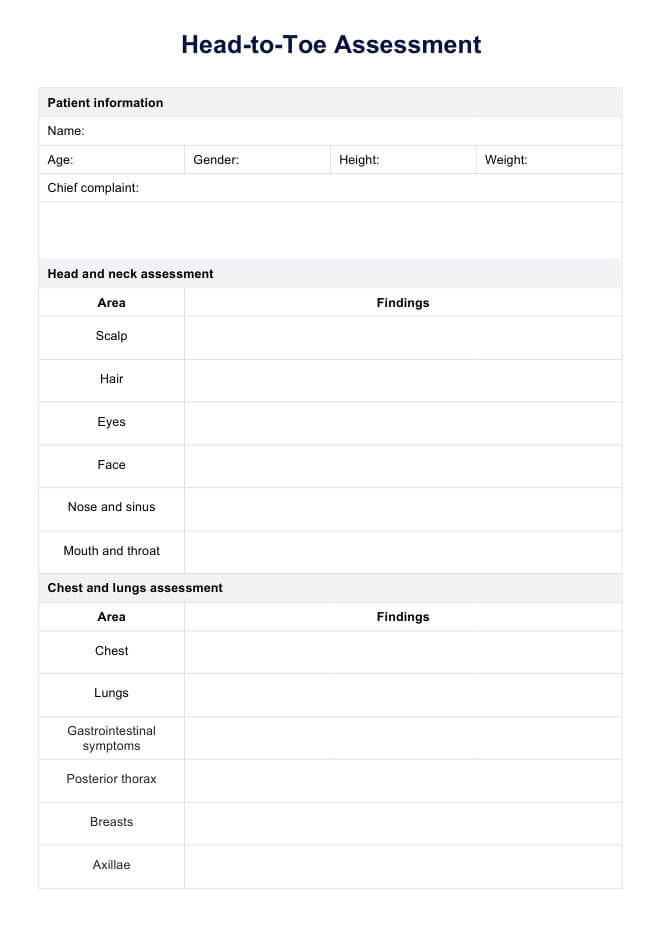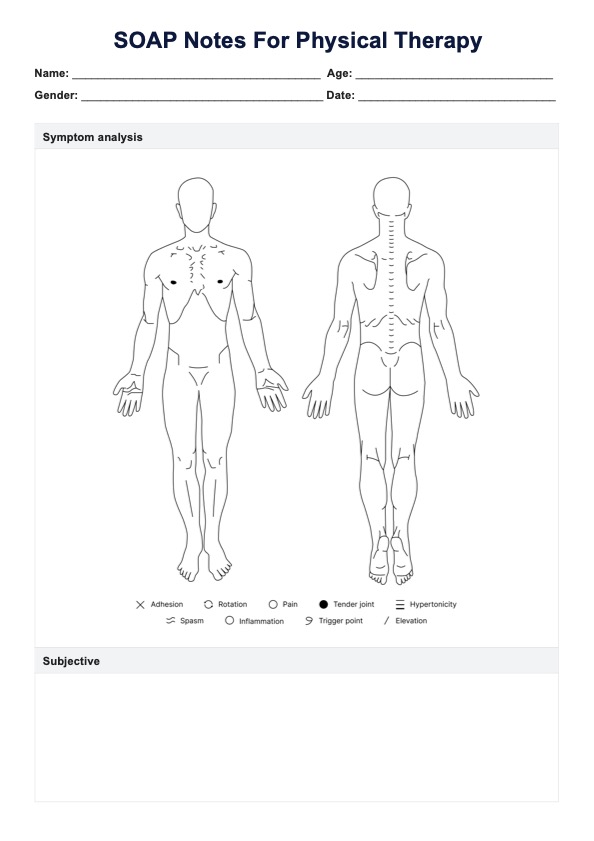The 3-3-3 rule helps children focus by naming three things they see, three sounds they hear, and moving three parts of their body.

Preschool Anxiety Scale (PAS)
Learn how the Preschool Anxiety Scale (PAS)works. Access the PAS template for the parent version here.
Use Template
Preschool Anxiety Scale (PAS) Template
Commonly asked questions
The Preschool Anxiety Scale (PAS) is designed for children aged 2 ½ and 6 ½ years.
The age range for the Preschool Anxiety Scale (PAS) is 2 ½ and 6 ½ years.
EHR and practice management software
Get started for free
*No credit card required
Free
$0/usd
Unlimited clients
Telehealth
1GB of storage
Client portal text
Automated billing and online payments











